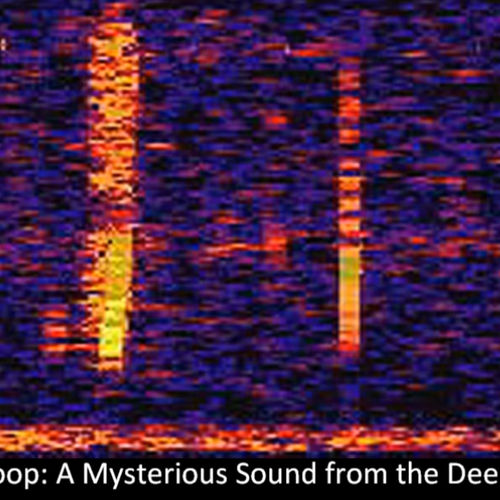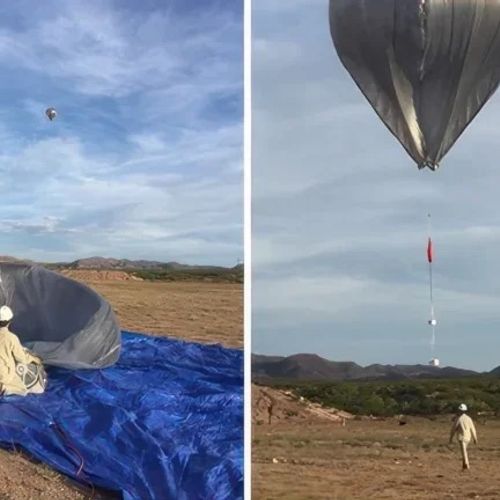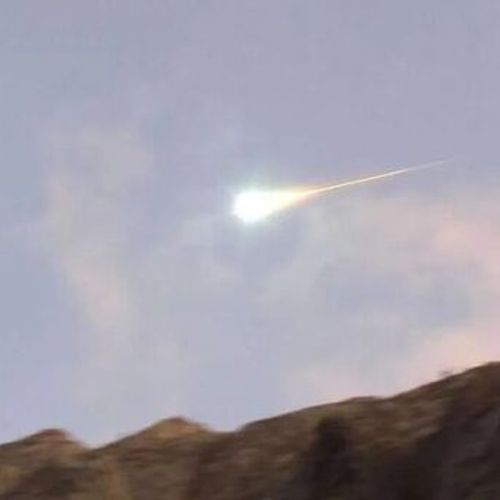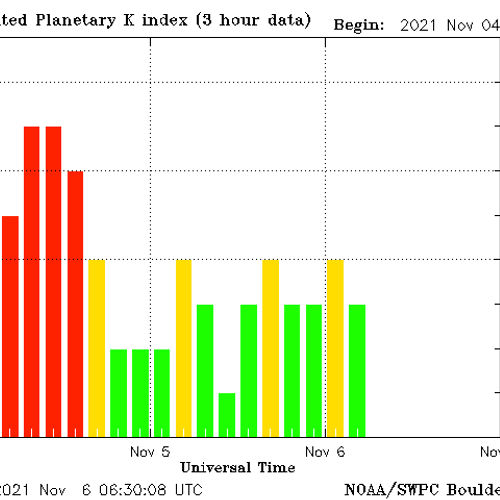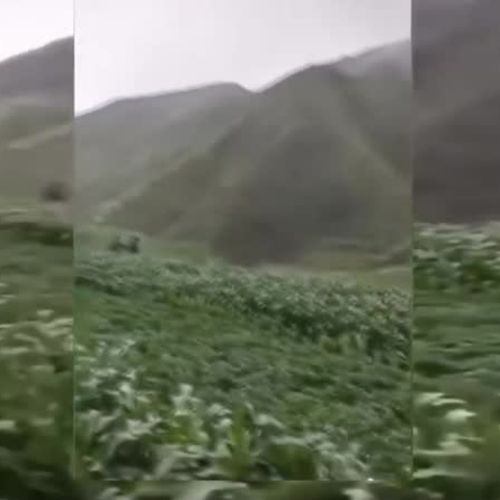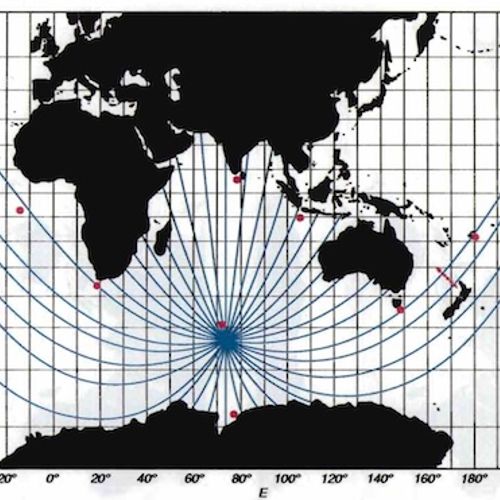
| Added | Fri, 01/12/2017 |
| Источники | |
| Дата публикации | Thu, 30/11/2017
|
| Феномены |
In 1991, scientists loaded 10 speaker systems in the water a remote Australian Islands, in order to produce sound with a frequency of 57 Hz for 10 days. Other researchers listened to the audio from 15 observation stations around the world. All this was done in the name of science, namely to better understand processes that control climate change.
The scientists measured the temperature of the planet over decades, using thermometers, satellites and other methods to monitor how carbon dioxide emissions it warmed. But these measurements there is one problem: they collect information only about the surface.
Understanding how it heats up the entire planet — an important detail in the overall scientific picture, especially if we want to know, what surprises us is preparing a climate change.
Sound experiment 1991 was interrupted by a powerful storm, which destroyed most of the speakers, but still proved to be very successful. Despite his success, the dream of researchers to use acoustics to continuously measure global warming has not been implemented.
The planet has warmed since then, as industry began to intensively emit carbon dioxide and other greenhouse gases into the atmosphere. Thanks to the thermometers and measurements of the ocean surface around the world, we know how much — by about 1 degree Celsius.
We also know that the temperature rise would be 2-3 times higher without the oceans. They take carbon dioxide from the atmosphere, which reduces its heating effect, but makes the sea more acidic. The oceans also absorb a lot of excess heat that descends in the water column.
This is global warming, which we do not see. But it still has a profound impact on the world through changes in marine ecosystems, or ocean currents. These changes in turn affect storm systems, sea level and fisheries.
The famous Walter Munk came up with the original plan — skip across the ocean, a sound wave of low frequency. The idea is based on several simple principles.
First, when water is heated, the sound travels through it faster. SIA estimated that the speed of sound increases by 5 meters per second for every degree of heating. If you regularly monitor the sound in the ocean, you can track how the water is heated. Second, the sound is transmitted under water over long distances. In the 1960-ies the scientists detonated the 90 - and 130-pound shells along the coast of Peru, and is recorded on the other side of the world in Bermuda.
To start measure the ocean temperature using acoustic, Semolina had to prove that it is possible to measure the time it takes sound to cross the ocean, to a hundredth of a second. And he had to find a place where to begin broadcasting, where he will hear many other places. He chose the heard island in the South Indian ocean. Also Mank and his colleagues have identified 16 places to listen. There, the researchers used hydrophones — devices for hearing under water to hear the sounds of a frequency of 57 Hz that SIA planned to lose from the island herd.
In early January 1991, Munk sailed from Perth with a team of scientists. He also carried 10 hydro-acoustic low frequency transmitter for the experiment. They looked like huge stopwatches and had to produce the sound that will be heard around the world.
The researchers loaded the acoustic transmitters to sea on 21 January, and the countdown has begun. The experiment was scheduled to begin on January 26, but the engineers on Board wanted to test the transmitters in advance to make sure they are working correctly. Mank gave the go-ahead to the test, and the signal heard in Bermuda. Over the next five days, the mission made another 35 signals. But then all of the transmitters were damaged or destroyed 9-meter waves and Gale force winds.
But 35 zvukopesa (planiranih 48) was enough to prove that sounds can be defined at large distances. Researchers from India to Bermuda, and British Columbia were able to capture the sound.
The results of the study did not report the temperature of the whole Earth, but proved the reliability of the method, and stimulated further research topics. A similar experiment occurred in the Arctic ocean in 1994, and the results were later confirmed by the measurements of submarines.
Translated by «Yandex.Translator»
© Walter Munk/National Academy of Sciences and Office of Naval Research
Translated by «Yandex.Translator»
Новости со схожими феноменами
Log in or register to post comments

